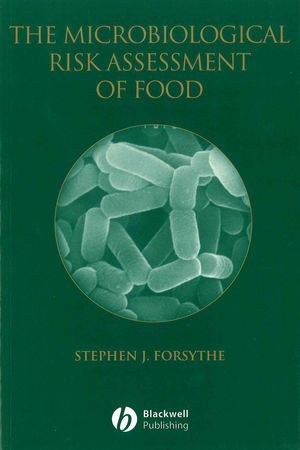

Most ebook files are in PDF format, so you can easily read them using various software such as Foxit Reader or directly on the Google Chrome browser.
Some ebook files are released by publishers in other formats such as .awz, .mobi, .epub, .fb2, etc. You may need to install specific software to read these formats on mobile/PC, such as Calibre.
Please read the tutorial at this link: https://ebookbell.com/faq
We offer FREE conversion to the popular formats you request; however, this may take some time. Therefore, right after payment, please email us, and we will try to provide the service as quickly as possible.
For some exceptional file formats or broken links (if any), please refrain from opening any disputes. Instead, email us first, and we will try to assist within a maximum of 6 hours.
EbookBell Team

5.0
108 reviewsThis important book focuses on what is an acceptable level of risk to consumers associated with eating food, on a daily basis, which does contain bacteria. An extremely important addition to the available literature, providing a thorough synthesis that will be an essential purchase for all those involved with issues relating to safe food.
Copies of the book should be available to practitioners in food companies and academia, including food microbiologists, food scientists and technologists, to consultants and to all those studying or teaching food microbiology. Personnel in government regulatory and public and environmental health capacities will find much of use within the covers of this book. Copies of the book should also be available in the libraries of all research establishments and university departments where food science, food technology and microbiology are studied and taught.
Stephen J. Forsythe is Reader in Microbiology at the Department of Life Sciences, Nottingham Trent University, UK.
Cover Photograph: Lactobacillus case Shirota by kind permission and courtesy of Yakult UK Ltd.Content:
Chapter 1 Food?borne Microbial Pathogens in World Trade (pages 1–33):
Chapter 2 Food Safety, Control and HACCP (pages 34–65):
Chapter 3 Risk Analysis (pages 66–112):
Chapter 4 Application of Microbiological Risk Assessment (pages 113–174):
Chapter 5 Future Developments in Microbiological Risk Assessment (pages 175–180):